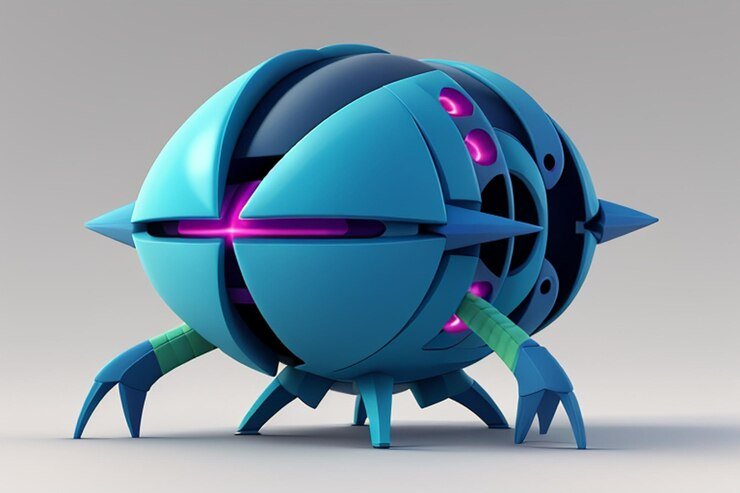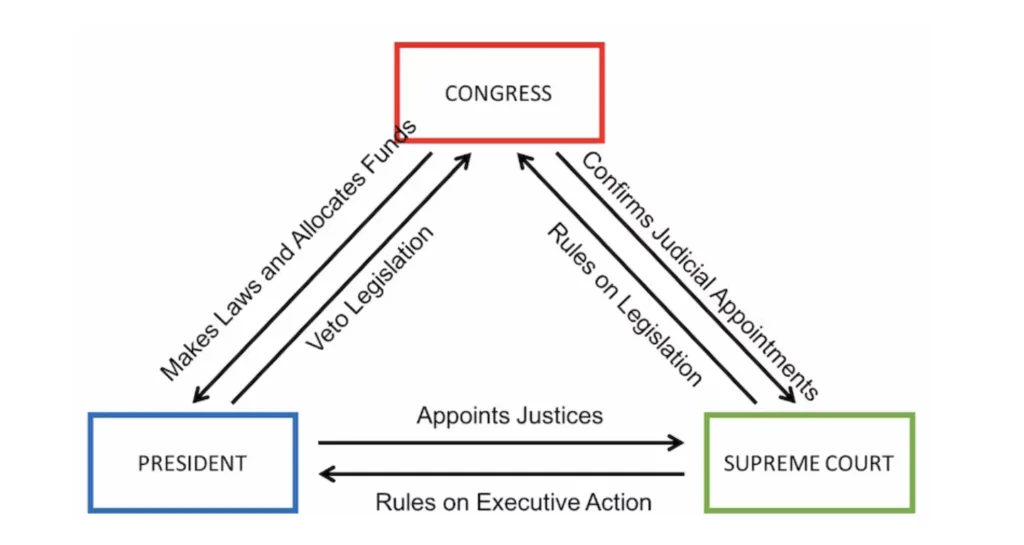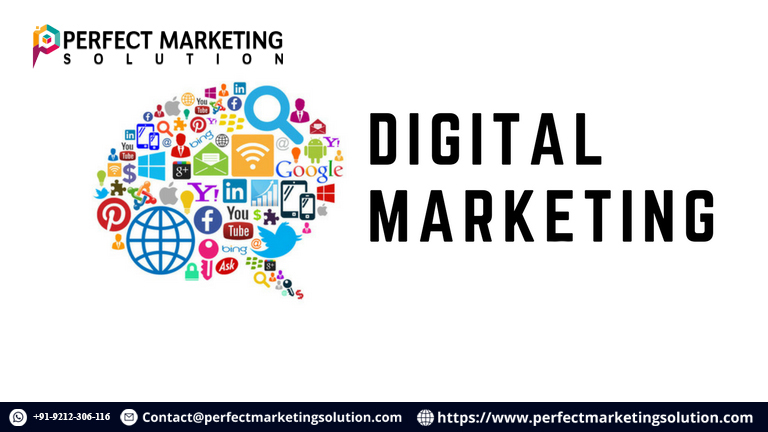How to Master Particle Systems in 3D Animation

Particle systems are a cornerstone of modern 3D animation, enabling the creation of dynamic and visually stunning effects like smoke, fire, water, explosions, and magical sparkles. Mastering particle systems requires technical expertise, creativity, and a clear understanding of how they work. In this blog, we’ll explore how to master particle systems and their applications in creating extraordinary visuals for 3D animation services, including 3D animated logos, advertisement ads for products, and more.
1. Understand the Basics of Particle Systems
Particle systems are collections of tiny elements that collectively create large-scale effects. Each particle is a point in space with properties such as position, velocity, size, color, and lifespan. These properties are defined and controlled by the animator using various tools and techniques.
Key Concepts:
- Emitters: Sources that generate particles. Common emitter types include point, surface, and volume.
- Forces: Elements like gravity, wind, and turbulence that influence particle behavior.
- Shaders and Materials: Define the appearance of particles, from glowing sparks to transparent smoke.
- Simulation: Particle systems often rely on physics simulations to mimic real-world behavior.
2. Choose the Right Software
Various 3D animation tools offer particle systems, each with unique features. Here’s a quick rundown:
- Blender: Open-source software with robust particle and fluid simulation systems.
- Autodesk Maya: A leading choice for professionals, offering powerful particle dynamics and integration with other features.
- Houdini: Known for its procedural capabilities and unmatched particle simulation tools.
- Cinema 4D: User-friendly with strong motion graphics capabilities, ideal for 3D animated logos and advertisement ads for products.
Select software that aligns with your project goals and budget. If you're seeking expertise, consider reaching out to animation studios in Chicago or searching for an animation studio near me.
3. Learn Advanced Particle Techniques
To master particle systems, you must go beyond basic simulations and explore advanced techniques:
a. Dynamic Interaction
Simulate how particles interact with other objects and forces. For example:
- Particles bouncing off surfaces (collision detection).
- Smoke wrapping around objects.
b. Multi-Particle Systems
Combine different types of particles in one scene for complex effects. For example:
- Fire simulations using glowing embers and smoke.
- Waterfalls with mist and splashes.
c. Custom Scripts
Learn scripting in tools like Python for Blender or MEL/Python for Maya to create custom particle behaviors.
4. Enhancing Realism with Physics Simulations
Realism in particle systems often hinges on accurate physics simulations. Focus on:
- Gravity and Wind: For natural movement of particles.
- Fluid Dynamics: To simulate water, smoke, or fire with high precision.
- Collision Detection: Ensuring particles interact believably with other objects.
5. Creating Eye-Catching Effects for Advertisements
Particle systems are a staple in advertisement ads for products, offering captivating effects that grab attention. Here’s how to use them effectively:
a. Highlight Product Features
Use particles like sparkles, glow, or fluid simulations to emphasize key features.
b. Transition Effects
Particles can create smooth transitions in product ads, like a product forming from a swirl of particles.
c. Interactive Animations
Combine particle systems with user interactivity for engaging ads, especially in digital campaigns.
6. Perfecting 3D Animated Logos
A 3D animated logo can stand out with particle effects. Here are some ideas:
- Fire and Smoke: Create dramatic logo reveals.
- Sparkles and Glows: Add a magical or high-tech feel.
- Fluid Effects: Make logos emerge from water or liquid metal.
7. Master Lighting and Rendering
Particles often look dull without proper lighting and rendering. To enhance their visual appeal:
- Use HDRI lighting to add depth and realism.
- Experiment with different rendering engines, such as Arnold, Cycles, or Redshift.
- Leverage post-processing tools for color grading and effects enhancement.
8. Explore the Latest Trends
Stay updated with trends in particle systems by following industry leaders, attending workshops, and exploring tutorials. For professional insights, collaborating with animation studios in Chicago or finding an animation studio near me can be invaluable.
9. Build a Strong Portfolio
To showcase your expertise in particle systems:
- Include diverse effects like fire, water, and magical sparkles in your portfolio.
- Create demo reels with a focus on 3D animation services, 3D animated logos, and advertisement ads for products.
10. Collaborate with Experts
If you're seeking professional results, collaborate with top studios specializing in 3D animation services. Studios often have the expertise and resources to deliver high-quality effects tailored to your needs.
Final Thoughts
Mastering particle systems in 3D animation is a rewarding journey that combines technical skill and artistic vision. Whether you’re crafting 3D animated logos, producing advertisement ads for products, or working on larger projects, particle systems can elevate your work to new heights. For businesses looking to enhance their visual storytelling, partnering with animation studios in Chicago or searching for an animation studio near me can bring your ideas to life.
What's Your Reaction?




















